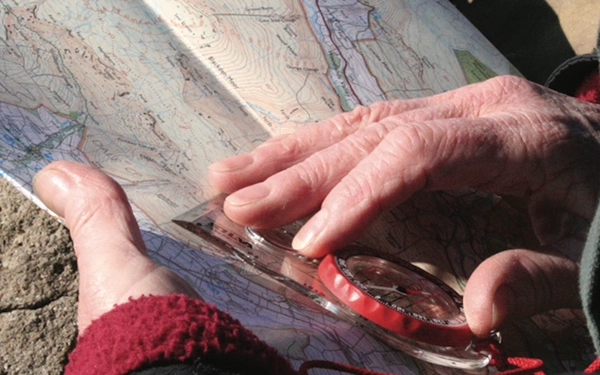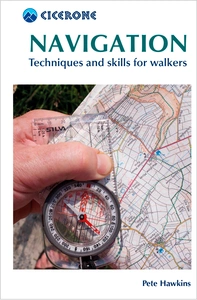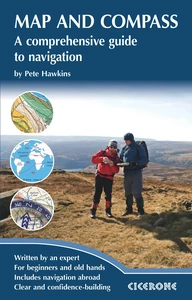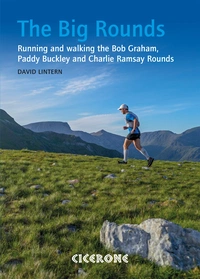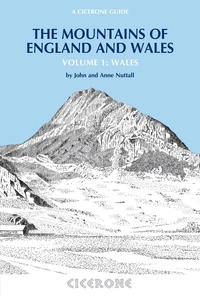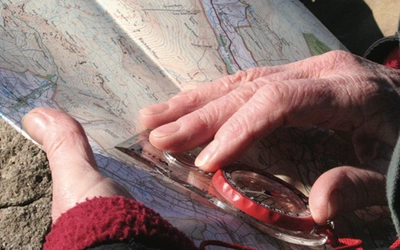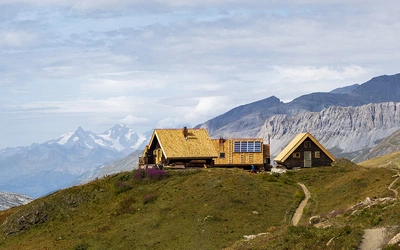Skills sessions – where am I?
Cicerone author and walking guide Pete Hawkins shares his knowledge and experience on how to successfully and safely navigate at home and abroad. ‘Excuse me?’ called the map-carrier, ‘could you tell me where we are, please?’ It’s a question I frequently get asked, especially on Kinder, and one, like a good politician, I never answer directly. Here, he explains how to determine your location.
It was a cold, wet and miserable day as I walked with a group of novice navigators around the southern edge path of Kinder Scout. We were approaching Ringing Roger, just before the path swings north to follow the run of Grindsbrook Clough. The group were all clutching their maps, carefully checking off their location at regular intervals. From the opposite direction, two women approached. One held a map, the other was following behind.
‘Excuse me?’ called the map-carrier, ‘could you tell me where we are, please?’
It’s a question I frequently get asked, especially on Kinder, and one, like a good politician, I never answer directly.

‘Where do you think you are and where are you heading?’ I replied. Map-carrier lifted her map and spent a long moment trying to find the place where she thought she was. ‘I think I’m here and I’m heading to the top of the Grindsbrook,’ she replied. As I politely explained that she was wrong on both counts, her friend relaxed, but map-carrier herself started to get argumentative. ‘No, I’m not!’ she said.
This went on for a while before her friend calmly interjected that it looked like I knew what I was talking about and she should listen to me! A memorable incident among many similar ones.
Knowing where one is on a walk is, dare I suggest, pretty fundamental. Yet it constantly surprises me how many folk I meet who haven’t a clue and, moreover, don’t really know where they’ve been either.
If this describes you, this is what you can do to prevent it.
A good navigator is a good observer. If I asked you how to go from your house to somewhere nearby, the local shops for example, you’d start by giving me a direction, then a series of features to look out for, plus any necessary direction changes along the way. In order to follow your instructions, all I’d need to do then would be tick off those features as I went along.
When I ask for directions, I’ve usually forgotten what I’ve been told after the third point, but when you’re on a walk, you’ve got it easy. In your hand is your map, and you can also employ other skills to ensure you reach your planned destination.
Let’s get down to fundamentals. You’ve planned a walk and broken it down into navigational chunks. In my Using a Map article, I explain how I treat a walk as a story, each chapter being one of the route sections along which I tick off features as I progress. By doing this I know where I am at all times. I also have my map in hand and am constantly moving a finger along the route as I progress – how could I possibly go wrong?
We’re all human, of course; if I told you I’d never been locationally challenged I’d be telling you porkies! There have been times when I’ve been deep in conversation and haven’t been concentrating and have gone astray. So how else can you reduce the risk of errors?
If you’re walking a relatively short section, you could try pacing. (Walk a measured 100 metres and count how many double paces (every time the same foot hits the ground) you take.) I use pacing a lot as it is remarkably accurate; it does vary on different terrain and when you are going uphill or down, but it can be employed to great effect. If you know you’ve got to walk 300 metres, pace out three lots of your 100 double paces and you will be close to your destination.
Over longer distances, pacing becomes more difficult, if not a little tedious. It’s then that timing can be employed. We all tend to walk a pretty constant speed over the course of a day. If you don’t know what speed you walk, pop the clock on at various sections of a day. Time how long it takes you to walk 1km and check later if that has stayed the same. Let’s say you are walking 1km in 12 minutes (5km an hour). Use those figures to calculate how long it’ll take you to walk the required distance, start your clock at the start of your section and when you’ve run out of time you should be at the end (or thereabouts). Again, bear in mind that most of us slow down when going uphill and sometimes downhill, so timing will vary, but if you combine pacing or timing with ticking off features you won’t be far off course.
But what if…
If the worse comes to the worst and you do find yourself lost (I’ve always enjoyed that phrase finding yourself lost!), what can you do?
The first thing to remember is not to panic. Lost is not a place, it’s a transition from knowing where you are to not knowing. The moment the first doubts appear in the brain, stop and take stock. Where was the last point you were definite about your location? Is it possible to make your way back towards that point; you might not need to go all the way.
If back-tracking is impossible, what then? Look about you. Can you see anything you recognise (a hill or mountain top, for example)? Take a bearing towards it, then apply it your map and draw a light pencil line along the edge of your compass; you’ll be somewhere on that line. Does that help relocate you? If you can recognise three landmarks you can draw three lines on the map (a resection) and relocate yourself that way. (For a more complete explanation of the techniques discussed in this article see my book, Navigation: Skills and Techniques for Walkers.)
Should that strategy fail, you might have to start thinking about safely evacuating the hill. Sit down, whip out the flask and your map and devise a strategy for getting down. You might not know exactly where you are, but you should have a broad idea. Generally, dropping into a valley and following it will get you down somewhere.
Over the years I’ve been asked many ‘What should I do if…?' questions. They’re all answerable but they generally get prefaced with a ‘well it depends on…’. The answer to getting yourself unlost is not to get lost in the first place. To reiterate something I said earlier, a good navigator is a good observer. Keep your eyes open and your map handy.
Navigation
Techniques and skills for walkers
£9.95
This pocket handbook to navigation will help you master the necessary map and compass skills for mountain walking. Chapters include map scales, symbols and contours, grid references, map reading, bearings, route planning and night and bad-weather navigation, as well as navigating with a GPS.
More information

